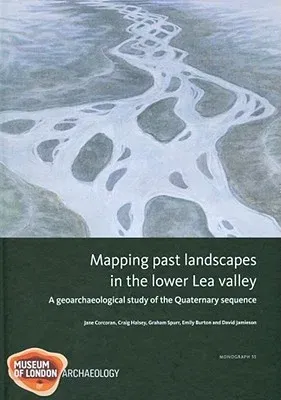Archaeological evidence is enriched when it is viewed against the
backdrop of its natural landscape setting. This setting is not readily
apparent in the lower Lea valley, where evidence for the natural
topography has been cut away by quarrying and reservoir construction or
buried by metres of alluvium and modern made ground. The Lea Valley
Mapping Project, funded by the Aggregates Levy Sustainability Fund, has
taken a geoarchaeological approach to reconstructing the past landscape
and its relationship to archaeological distributions by using existing
borehole information to model the buried topography and past environment
of the lower Lea valley from the M25 to the confluence of the Lea and
the Thames. The results place the known archaeology within its past
landscape context and also predict the archaeological potential of the
study area, which readers can investigate by referring both to the maps
in the monograph and to the accompanying gazetteer. They can also
download the interpreted geo-referenced datasets produced for the
project from the ADS website. This book will be an indispensable guide
not only for those wishing to know the archaeological potential and past
landscape characteristics of the lower Lea valley but to anyone
proposing to investigate the buried landscape in other river valleys or
wanting an introduction to Quaternary deposits, environments and
landscape processes in Greater London.

